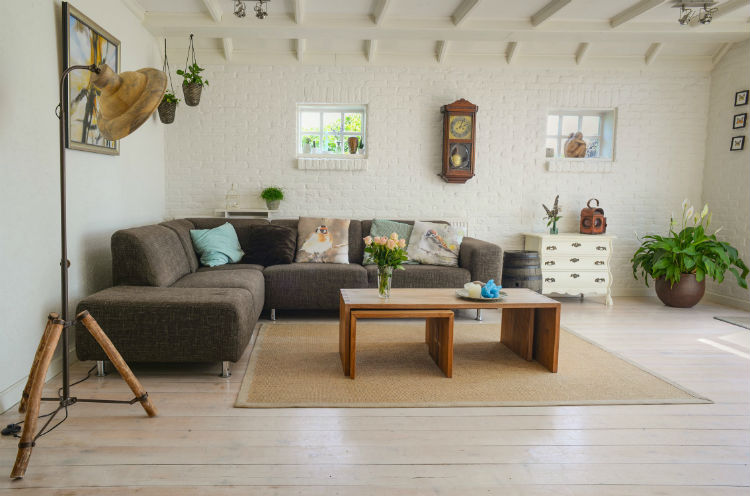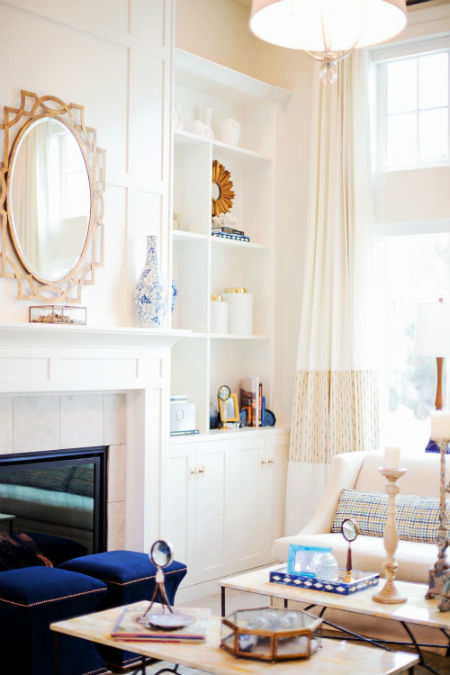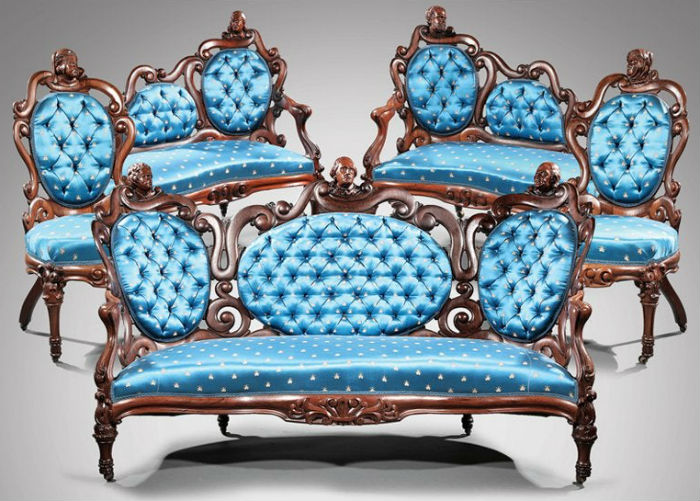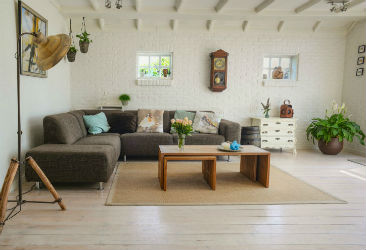
NEW YORK – Balance and scale have always been central tenets of thoughtful interior design and whether your taste runs to the traditional or modern, incorporating antiques into any decor, blending them with modern and contemporary furniture, accessories and art, can keep a room design looking fresh yet timeless. Mixing the old with the new can add contrast, texture and depth while achieving proportion.
Design rules have long ago gotten away from dictating that a room should reflect only one era and today, a mixture of styles and eras is a prime way to create a unique look that appears to have effortlessly evolved over time, rather than the result of a single-day shopping spree.
One can undertake myriad approaches to putting together a room, including building a design around a key object, such as a wonderful mid-century modern chandelier and pairing it with a traditional side table and other elements or taking a Queen Anne highboy and building a room around it with both traditional and modern accents from decorative objects to art on the walls. If you have an antique collection, a striking display can be the focal point of a room. Or for a subtle approach, place a small collection on a floating shelf or on a modern coffee table. Avoid a matchy-matchy look and aim to create contrast by combining hard and soft elements, bold with subtle, chunky with delicate, square with round, and clean lines with ornate.

Some ways to mix antiques with newer items to achieve playful contrast include these pairings: a farm dining table outfitted with funky metal or Lucite chairs, placing mid-century lighting around a traditional sofa, or mixing modern art with a room full of ornate antiques and gilt objects.
Engel & Voelkers, a German real estate brokerage service firm, suggests experimenting with proportions such as putting large antiques in small spaces. “An oversized English oak writing desk or plush mid-century saucer-shaped sofa can make a diminutive living room seem much larger. Play with antique proportions to bring a sense of grandeur into a small contemporary space,” the company said in a blog on its website.
Pam Stone, owner and founder of The Benefit Shop Foundation, Inc., in Mount Kisco, N.Y., says the No. 1 rule, however, should always be to buy for yourself. “I always, always say – buy what you love, not because it matches or because it works in the space but you should love it,” she said.
Stone says people need not aim for tonal compatibility in a room design but have fun experimenting with colors, styles and periods. “Have fun with mixing and matching, it makes a room more personal and creates a more interesting space,” she said. “In my home, I have floor-to-ceiling shelves in a family room and have a vast mix of books, contemporary ceramics, Asian ceramics, paintings, art glass, modern sculptural, antique curiosities and wood items and they all work together and play off one another.”

Decorating with antiques also figures into sustainability and being eco-conscious. Trudy Dujardin of Dujardin Design Associates, Inc. in Westport, Conn., and Nantucket, Mass., has seamlessly incorporated antiques into her homes and makes eco-elegance a central part of her work. “Not only do carefully selected pieces add artistry and the patina of age to any style interior, from traditional to contemporary, they bring more than an enduring part of history to your home,” she says of using antique furniture.
“Beautifully made, classic furniture never goes out of style,” Dujardin adds. “Vintage pieces, especially mid-century modern, are still having their moment. Even the antique “brown” furniture from earlier eras, set aside in favor of white lacquer, glass and chrome is beginning to make a comeback. The idea is to have a mix of styles, not a slavish devotion to a single era.”

Collections, whether art, antique vases, silver spoons or first edition books, add the layers necessary to add depth to a design, she says. “This isn’t possible to do from a catalog or it will look like the catalog pages. Adding the right, meaningful items over the years adds warmth, and makes a home totally unique because of its history and memories.”
Buyers with an eye for color and seeking high-end and timeless design can find decorating possibilities endless. A pop of color or texture can help tie a room together, ethnic prints are very versatile and can blend well with various styles and an Oriental rug placed in a minimalist room adds texture and pattern. A large Art Deco vase, for example, can easily become a focal point of a room. With its bold lines and often earthy tones, it can coordinate a room, tying together pieces regardless of their era.

Antique pieces can also go beyond their intended purpose. A secretary in a bathroom or kitchen can provide needed storage or a dresser in a living room makes for an elegant TV cabinet.
Westchester County, N.Y.-based interior designer Laurel Bern, who blogged on mixing antiques and modern here, says, “No matter what, you can always do a modern-style coffee/cocktail table. Always. Always. Always.”
Throw away the rulebook and any preconceived notions and have fun mixing antiques with modern and contemporary pieces.


